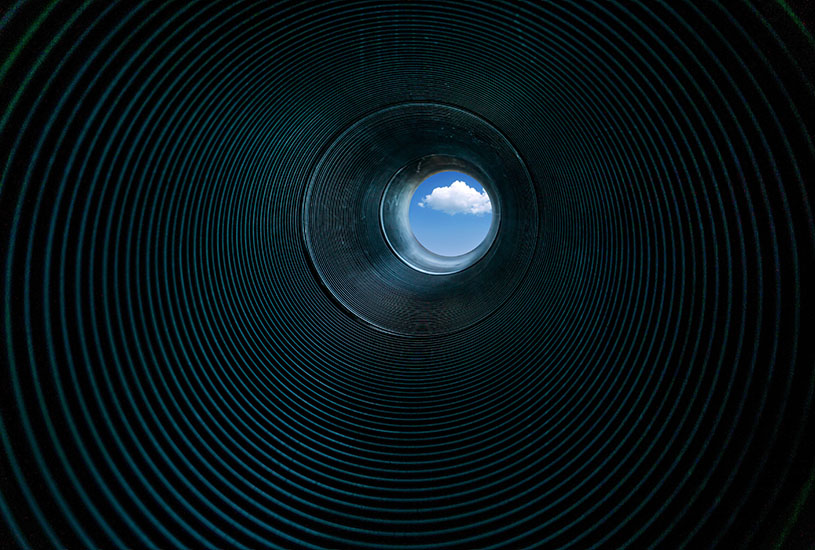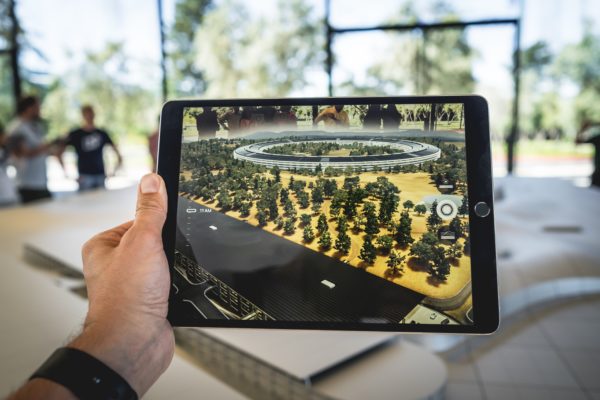Deakin researchers are helping to shape the Creative Strategy for Melbourne’s new Metro Tunnel.
Deakin University researchers, Professor David Cross, Dr Cameron Bishop, and Dr Fiona Lee – in collaboration with one of the world’s most progressive public art companies, Situations – have contributed to the development of the creative vision for Melbourne’s new Metro Tunnel Project.
The Metro Tunnel will connect the Sunbury and Cranbourne-Pakenham lines via new twin 9km tunnels and five new underground stations at Arden, Parkville, CBD North, CBD South and Domain.
Presenting a new face of Melbourne to locals and visitors from around the world, the project offers an outstanding opportunity to showcase the city’s cultural heritage and love of art.
Following a successful tender to the Melbourne Metro Rail Authority, Professor Cross and Claire Doherty, Director of Situations, have been working with stakeholders such as Creative Victoria, City of Melbourne, City of Port Phillip and City of Stonnington to deliver the draft Creative Strategy. Professor Cross and Ms Doherty have worked in collaboration on a number of previous projects, including “One Day Sculpture.”
Professor Cross is Head of Art and Performance in Deakin’s School of Communication and Creative Arts and a member of the Motion.Lab Strategic Research Centre. He is recognised internationally within the art world for his work in performance, installation, sculpture, public art and video.
Early works are now under way on the Metro Tunnel Project, which will help to free up space in the City Loop so more trains can run, more often. Major construction will commence in 2018, and the project is expected to be operational by 2026.
Professor Cross said that the Creative Strategy aims to develop public art within Metro Tunnel spaces that evoke a sense of cultural inclusivity.
“Elements of the project’s design lend themselves to artistic installations, and incorporating five distinct train stations into the strategy has been an exciting challenge,” he said.
[testimonial_text]While the Creative Strategy needs to be broad enough to cover the five new station locations and two ‘tunnel entrance’ precincts as part of its overarching vision, our team needed to also honour the diverse cultural histories of these areas. For example, Domain Station will be surrounded by the iconic Shrine of Remembrance and St Kilda Road Boulevard, while Arden Station is being built in an area with a rich industrial history.[/testimonial_text]
[testimonial_picture name=”Professor David Cross” details=”School of Communication and Creative Arts”]
 [/testimonial_picture]
[/testimonial_picture]Speaking to the significance of the project, Professor Cross offered “full marks to the Victorian Government” for taking the initiative.
“It is rare for a project of this size to be guided by a Creative Strategy, particularly in Australia. The design approach must be unique and internationally ambitious, so it becomes an attraction for locals and international visitors alike,” he said.
“Deakin has advised on the types of artwork that will ensure the Metro Tunnel delivers world-class public spaces that will set an example for future projects.”
To research best practice approaches, Professor Cross and his team visited the London Underground, Kings Cross, the MTA subway system in New York and researched many other international underground systems. He noted that the team found other examples of public art in Stockholm and Dusseldorf, but not all attempts were so
profound.
“There is a growing trend of cities hosting cultural programs, but without a guiding strategy they are unlikely to succeed,” he said.
“The missing piece is often the meaning behind the art, along with a commitment to consistency and coherency.
“For the Metro Tunnel Project, it’s not about matching initiatives from other parts of the world, it’s about creating an iconic blueprint for future projects. The goal is for Metro Tunnel spaces to host film, theatre, dance, literature and other artistic mediums that broaden the dialogue around art and how it is experienced. The proposal will also include a mixture of temporary (days to months), embedded (built into the infrastructure) and legacy (permanent) artworks as part of the overall approach.”
The Melbourne Metro Rail Authority will soon be consulting with stakeholders including government agencies, cultural and education institutions and local councils to further the development of the Creative Strategy.



